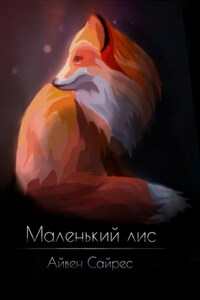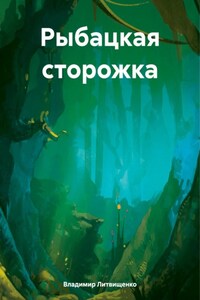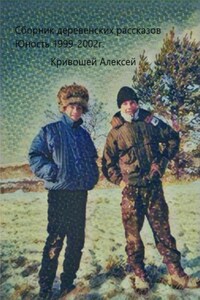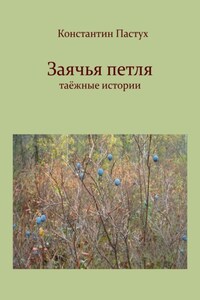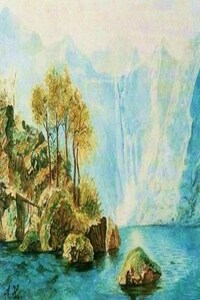Brecon Beacons

The Brecon Beacons are one of the most impressive upland areas in Wales, a multi-layered landscape with an astonishing variety of habitats ranging from extensive cave systems to limestone crags and rich meadows. This variety supports thousands of species, some of which are found nowhere else on Earth.This is the first comprehensive book to be published about the wildlife of the Brecon Beacons, and a much-anticipated addition to the New Naturalist series. Although a large number of people visit the area every year, comparatively few are aware of the flora and fauna that exists in this seemingly wild and inhospitable mountain landscape and its surroundings.In his latest New Naturalist volume, Jonathan Mullard recognises that the Beacons, more so than many other landscapes, represent a possibility for change and the creation of a new countryside. This could and should be much richer in wildlife than the current landscape but one in which the essence of the mountains remain. To achieve this successfully there needs to be a wider appreciation of the present and potential distribution of species in the area and their interactions with people.The natural history of the Brecon Beacons is like most parts of the British Isles – inextricably linked to the activities of man across many thousand years. The author uses the evolving landscape and the effect that the associated changes have had on species and habitats as his core approach. He provides a detailed examination of the geology and scenery of the region and the integration of the archaeological and historic landscape with the natural landscape and its associated species. Covering the vast diversity of its mountains and moorlands, rivers and waterfalls, caves, woodlands, wetlands and farmland, he equally provides an overview of man’s influence on the natural environment over the centuries and the ongoing conservation of the area.A landscape rich in legends, the Brecon Beacons play host to a number of myths involving, among others, King Arthur. Mullard explores these rich tales alongside other cultural landmarks of historical interest, such as the churches and chapels of the area. The culmination of years of research, New Naturalist Brecon Beacons is an inspiring exploration of this diverse and fascinating area.

